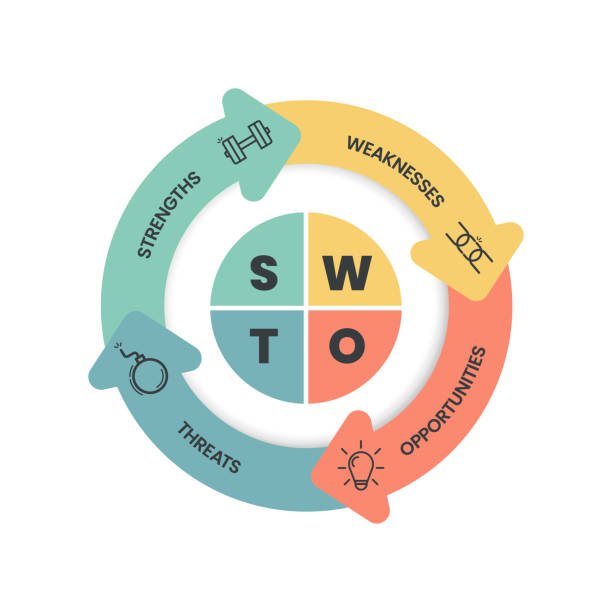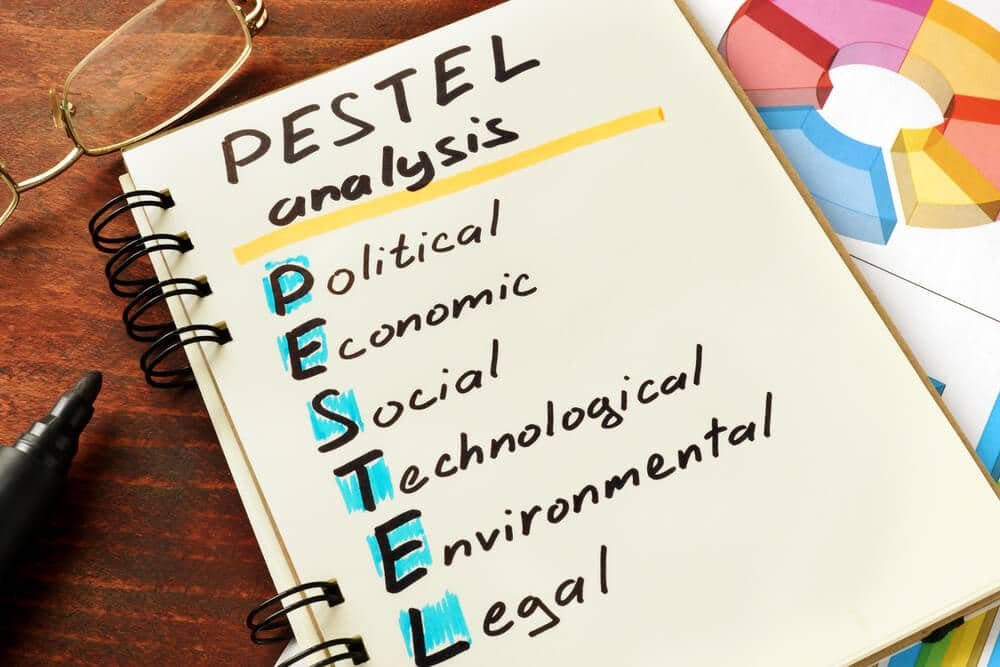Strategic Management : Notes, Common Exam Questions and Answers Guide, Online Quizzes and Activities for Business Studies Grade 12 Revision Studies, from Macro Environment: Business Strategies section. This content is under Term 1 as per the CAPS Curriculum.
On this page, grade 12 students learn and study for revision using REAL EXAM questions based on Strategic Management topic, using activities and engaging quizzes. Every South African grade 12 learner who wants to pass Business Studies subject with a distinction, needs to go through the valuable study resources on this page.
Strategic Management Business Studies Grade 12
Strategic management is the process of formulating, implementing, and evaluating strategies to achieve the goals and objectives of an organization. It is an essential part of management that focuses on long-term planning and decision-making, and it involves analyzing the internal and external environment of an organization to identify its strengths, weaknesses, opportunities, and threats.
Here are some key points about the background of strategic management:
- Origin: Strategic management has its roots in the military, where the art of strategy was used to win battles and wars. Over time, it was adapted for use in the business world, where it became known as strategic management.
- Definition: Strategic management is a process of setting goals, analyzing the internal and external environment, formulating strategies, implementing them, and evaluating their effectiveness.
- Importance: Strategic management is important because it provides a framework for achieving long-term goals and objectives, and it helps organizations to adapt to changing circumstances.
- Components: The key components of strategic management include strategy formulation, strategy implementation, and strategy evaluation.
- Tools: There are many tools and techniques used in strategic management, including SWOT analysis, Porter’s Five Forces analysis, and the Balanced Scorecard.
- Challenges: Strategic management can be challenging due to the complexity of the business environment, the need to balance short-term and long-term goals, and the need to adapt to changing circumstances.
Strategic management is a crucial aspect of management that involves setting goals, analyzing the environment, formulating and implementing strategies, and evaluating their effectiveness. It has its origins in the military and is important for organizations to adapt to changing circumstances and achieve long-term success.
Purposes of Strategic Management
The purpose of strategic planning is to set a clear direction and long-term vision for an organization, and to develop a plan of action to achieve its goals and objectives.
Here are some reasons why strategic planning is important:
- Provides direction: Strategic planning helps an organization to set a clear direction and vision for the future.
- Aligns resources: It enables an organization to align its resources, including people, time, and money, towards achieving its goals and objectives.
- Improves decision-making: Strategic planning helps an organization to make informed decisions by considering various internal and external factors.
- Increases efficiency: It helps an organization to identify areas of improvement and to streamline processes, which leads to increased efficiency and productivity.
- Enhances communication: Strategic planning encourages communication and collaboration within an organization, which fosters a shared sense of purpose and a team-oriented culture.
- Manages risk: Strategic planning enables an organization to anticipate and manage risks, which helps to mitigate potential threats to its success.
- Facilitates growth: By providing a roadmap for achieving its goals and objectives, strategic planning can help an organization to expand and grow in a sustainable manner.
Strategic planning is essential for any organization that wishes to achieve its long-term goals and objectives. It provides a clear direction, aligns resources, improves decision-making, increases efficiency, enhances communication, manages risk, and facilitates growth.
- Strategic Management: The process of formulating and implementing strategies to achieve organizational goals and objectives.
- Strategic Planning: The process of defining an organization’s strategy, or direction, and making decisions on allocating resources.
- Vision: A clear, concise, and inspiring statement of what an organization intends to achieve in the long-term.
- Mission: A statement of the organization’s purpose, outlining what it does, who it serves, and how it achieves its objectives.
- Goals: The broad, long-term aims that an organization wants to achieve.
- Objectives: Specific, measurable targets that an organization wants to achieve within a certain time frame.
- Strategy: A plan or course of action designed to achieve an organizational goal or objective.
- Formulation of strategies: The process of developing and selecting the best strategies to achieve organizational objectives.
- Implementation of strategies: The process of putting a strategic plan into action and ensuring that it is effectively executed.
- Evaluation of strategies: The process of assessing the effectiveness of strategies in achieving organizational objectives.
- Integration strategies: Strategies aimed at strengthening an organization’s existing operations.
- Intensive strategies: Strategies aimed at increasing an organization’s market share in existing markets.
- Diversification strategies: Strategies aimed at expanding an organization’s operations into new markets.
- Defensive strategies: Strategies aimed at protecting an organization’s market position from competitors.
- Industry analysis tools: Techniques used to analyze an organization’s competitive environment, including its suppliers, buyers, competitors, substitute products or services, and new entrants.
- Suppliers: Organizations that provide goods or services to another organization.
- Buyers: Organizations or individuals that purchase goods or services from another organization.
- Competitors: Organizations that offer similar products or services in the same market.
- Substitute product or service: Products or services that can be used as an alternative to an organization’s products or services.
- New Entrants: Organizations that enter a market in which they have not previously operated.






